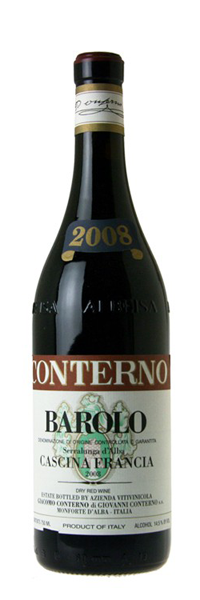Sassicaia 2012
Sassicaia 2012
The history
Tenuta San Guido is named after the Saint Guido della Gherardesca who lived during the XI century.
It is located on the Tyrrhenian coast, between Leghorn and Grosseto, in Maremma an area made famous by Italian Nobel prize winner Giosuè Carducci, and it stretches for 13 km from the sea to the hills.
Three are its defining characteristics: the Sassicaia wine, the Razza Dormello-Olgiata thoroughbred studfarm and the Bird Sanctuary Padule di Bolgheri.
They divide the estate between the Padule on the coast, the horse’s training grounds on the plain, and the vineyards planted up to 350 meters on the hills.
The latter have been given their own DOC, the DOC Bolgheri Sassicaia, the first, and so far only case in Italy of a DOC contained in one estate.
The wedding of Mario Incisa della Rocchetta and Clarice della Gherardesca on october 18th 1930, started it all.
They shared a love for thoroughbred horses that made them form a partnership with horse breeder and trainer Federico Tesio.
Mario Incisa’s love of good wine made him plant Cabernet vines in 1942 for what was to become Sassicaia.
Seventeen years later the Bolgheri Bird Sanctuary becomes Italy’s first private nature preserve.
Vintage 2012
The climate for the 2012 vintage was rather special.
Autumn and Winter were long and cold, to the point that at the end of January the Bolgheri hills were covered with
snow.
Bolgheri experienced a cold, yet rainless fall and winter, which was not the case for other parts of Tuscany.
Cold temperatures were favorable for the halting of the vegetative growth and the natural elimination of some pests of the vine.
The spring started with a slight delay, causing the vines to bud 10 – 15 days later than the seasonal average.
From the beginning of May, however, the temperatures rose and accelerated the arrival of summer.
June rainfall partially reconstituted the water reserves of the soil.
The summer was very hot, with sunny days and temperatures above the seasonal average.
Although some have likened the summer of 2012 to that of 2003, the difference lies in the considerable fluctuations in temperature between night and day which prevented water stress in plants in 2012.
During the fruit set period, strong sea winds were partially responsible for a production loss of about 10% .
The summer was long, with very high daytime temperatures requiring an early harvest of the Merlot as well as
part of the Cabernet.
Contiene solfiti






Reviews
There are no reviews yet.